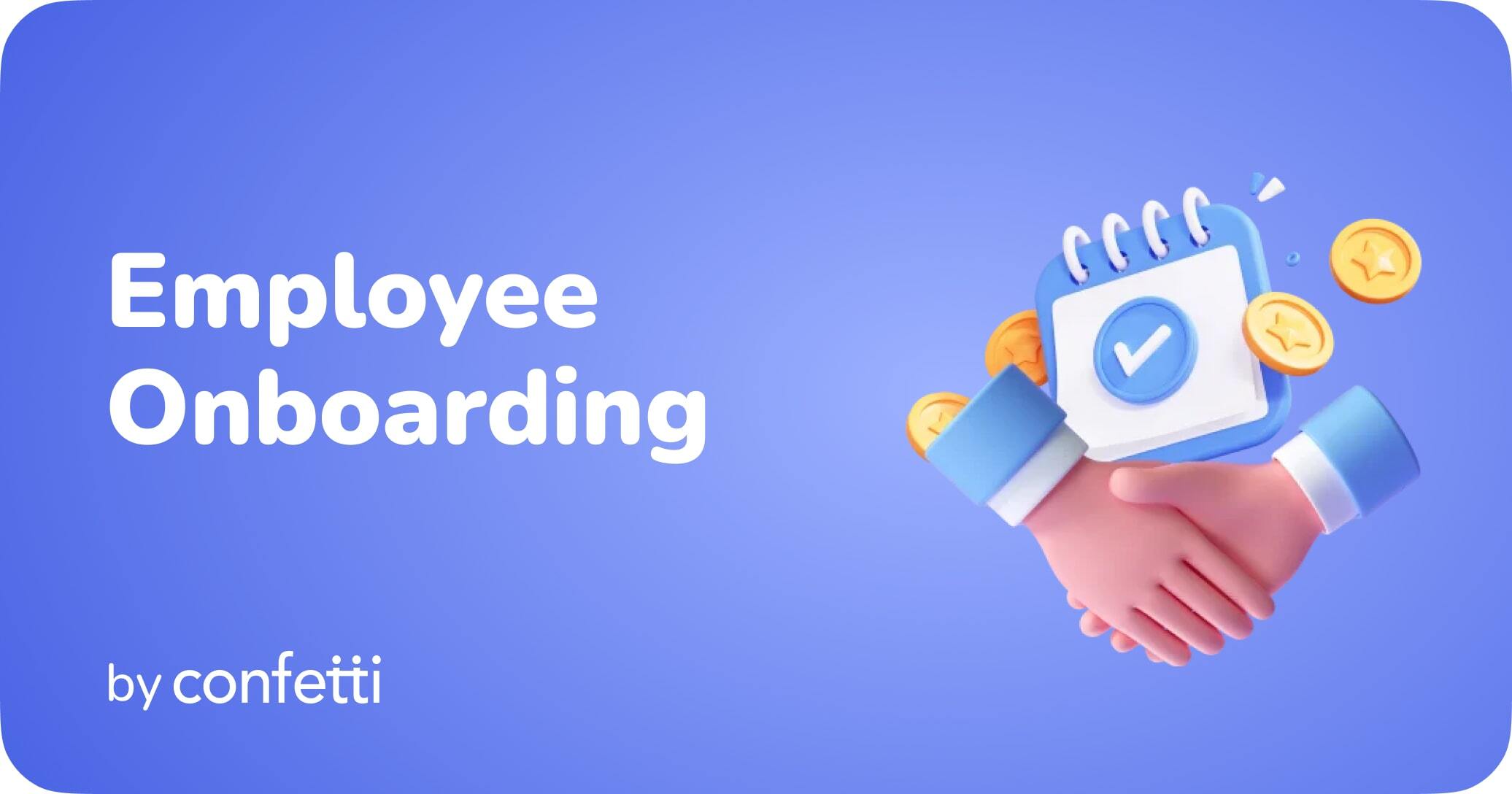
6 Onboarding Best Practices To Welcome Your New Hires
Getting and retaining top talent relies on having an awesome onboarding experience. Let’s dive into employee onboarding best practices that will acclimate newcomers to your company the right way.



Getting and retaining top talent relies on having an awesome onboarding experience. Let’s dive into employee onboarding best practices that will acclimate newcomers to your company the right way.


Induction best practices create a welcoming experience that reinforces your new hire’s decision to join your company. It makes them feel comfortable and effectively introduces them to your company, the culture, and their team.
An effective onboarding process sets the pace and improves confidence, skyrockets your retention rates, establishes mutual connections with the rest of the team, and sets up your novice employee for success. Your employee induction process reminds the employee, especially the one working remotely, that taking your job offer was a good choice.

Effective onboarding helps your recruits understand how your company defines success and gives them a roadmap for getting there. The novice feels like a recognized member of the team.
The recruitment process also sets them up with what they would require to get up to speed quickly. The onboarding program should ensure that an employee’s first day involves a well-thought-out workflow breakdown and a schedule that builds speed, but doesn’t overwhelm them.
The enrollment program could be an employee handbook that features their schedule so they know what to expect from the start. The induction process should inform them on communication & reporting expectations, tech stack used, internal-decision making protocols, or good-to-know information like where the extra printer cartridges are, their spot in the fridge or which restaurant has the best happy hour.
Being the new kid on the block is tough, and that’s why having a buddy is great. For a rookie, a buddy is an invaluable tool. A buddy system makes the first time less nerve-racking and thumb-fiddling and gives the newbie a mentor. This will be their go-to person for questions, comments, and concerns. The buddy can be a peer mentor to guide them into their individual role or an experienced employee to help them navigate the organization and company culture.
The buddy system creates an accessible support system that shows the newbies that you care about their success. The buddy could be someone in their department in a similar role who’s experienced and can pass on knowledge and advice. A peer buddy makes the induction process less tense and the recruit is more comfortable reaching out to them through their first weeks on the job.
During the onboarding process, communication lines have to be kept open. This ensures that the HR professionals and the newbie can clearly communicate on expectations and progress. Set aside time to discuss progress, challenges and any additional opportunities. This will cultivate a positive and productive relationship between the rookie and the rest of the team.
Check-ins are a win for everyone; hires get much-needed support and guidance. On the other hand, HR & PeopleOps get valuable feedback on how their enrolling program is doing and what could use a refresher. Check-ins should be a regular thing and a habit baked into the employee’s routine as early as possible.
Pro-tip: Remember to look out for any signs of burnout, especially in those working remotely. If you feel team members losing morale or running on empty, it’s time to consider tactics for recharging, like offering a mental health day or planning an engaging activity during the workday.

When starting at a job, a starting employee feels intimidated, especially when surrounded by high performing peers. As a newcomer, they’re eager to impress. And we think it’s worth showing appreciation for their hard work.
Celebrating those first accomplishments builds employee confidence and sets them on the path for success. It’s like setting up sign-posts that track incremental achievements and allow the employee to feel good about their progress.
Some creative ways to celebrate their small wins may be a small custom gift or acknowledging their success publicly in places like Slack. Giving the celebration a personal touch like treating them to lunch or sending a small gift serves as a great source of motivation.
You hunt better and are safer in packs, same goes for cohorts. Newcomer cohorts allow people to go through the same hiring process, setting a foundation of closeness and comfort right off the bat.
Onboarding cohorts provide the chance for rookies to learn from one another. Some may ask questions, while others fill in those knowledge gaps. They can help build upon benchmark skills thanks to their varied experiences and insights. Orientation cohorts also help HR professionals uncover potential training issues and establish which activities should feature in future orientations.
While it’s great to have a mutual work relationship, having a connection outside the office is invaluable. Knowing who a certain employee is when they are outside the office establishes a meaningful, lasting connection that influences performance.
During their first week of enrollment and on the job, inductees will focus on creating professional relationships within the workplace, and their work buddies will help.
They are also responsible for introducing them to the fun side of the workplace culture; does the sales team have a sports rivalry tournament played every weekend? Is there a weekly challenge you have set up?
Personal relationships beyond work will feature the stuff you don’t find in the employee handbook. They help sustain long term growth and contribute to creating a positive orientation program.
Investing in employee onboarding best practices and incorporating them to your recruit integration program eventually pays off. Efficient hire orientation is a work in progress that will set up your new hires for success, ease their transition into your company tradition, give your HR team insights on what works and what doesn’t, and lightens the mood around the office.
Effectively bringing on a recruit goes beyond preparing hire paperwork and makes the rookie, and the existing team, excited to have a freshman join them. Effective enrollment makes the relationship and the employee experience work.











